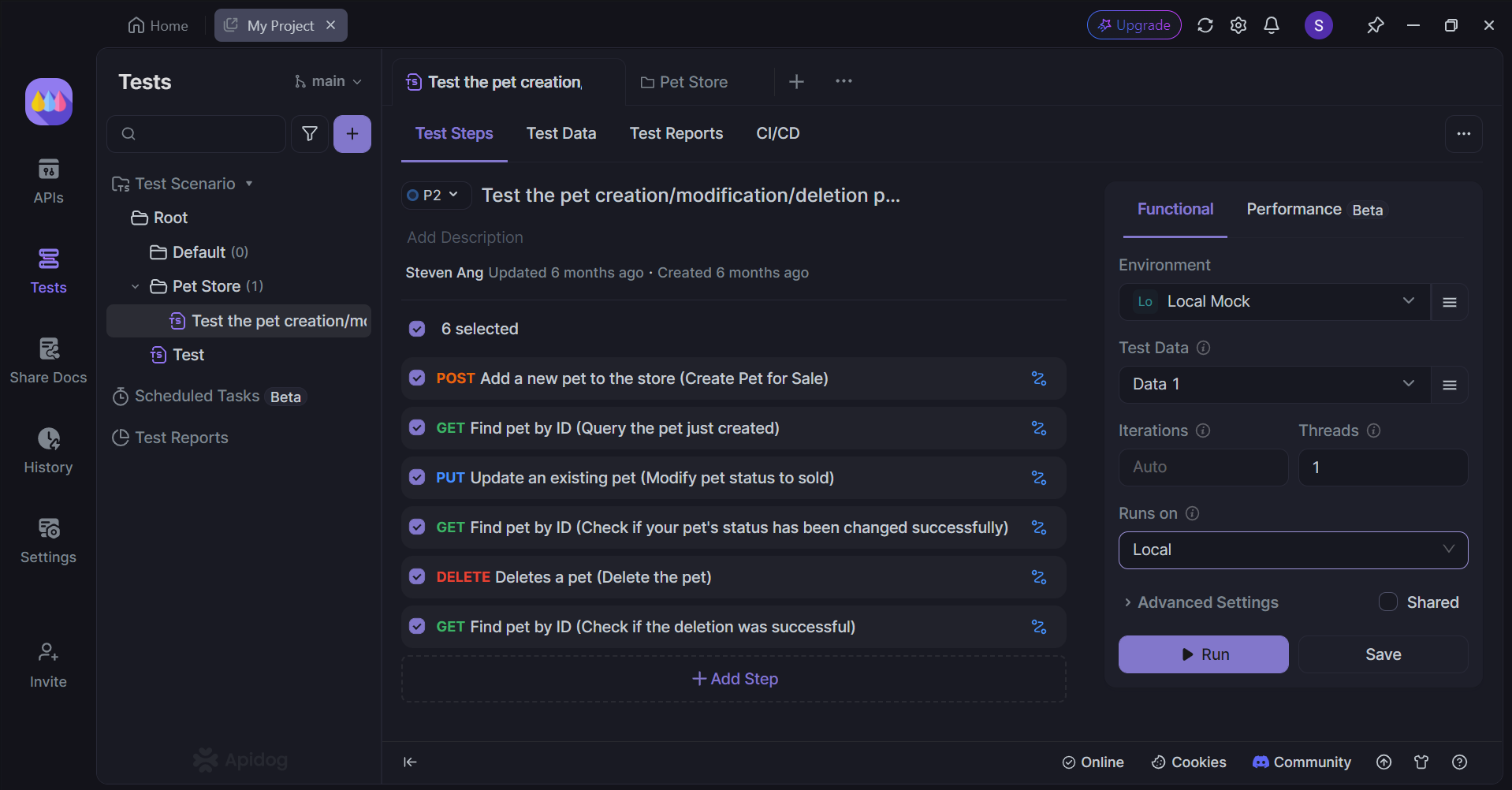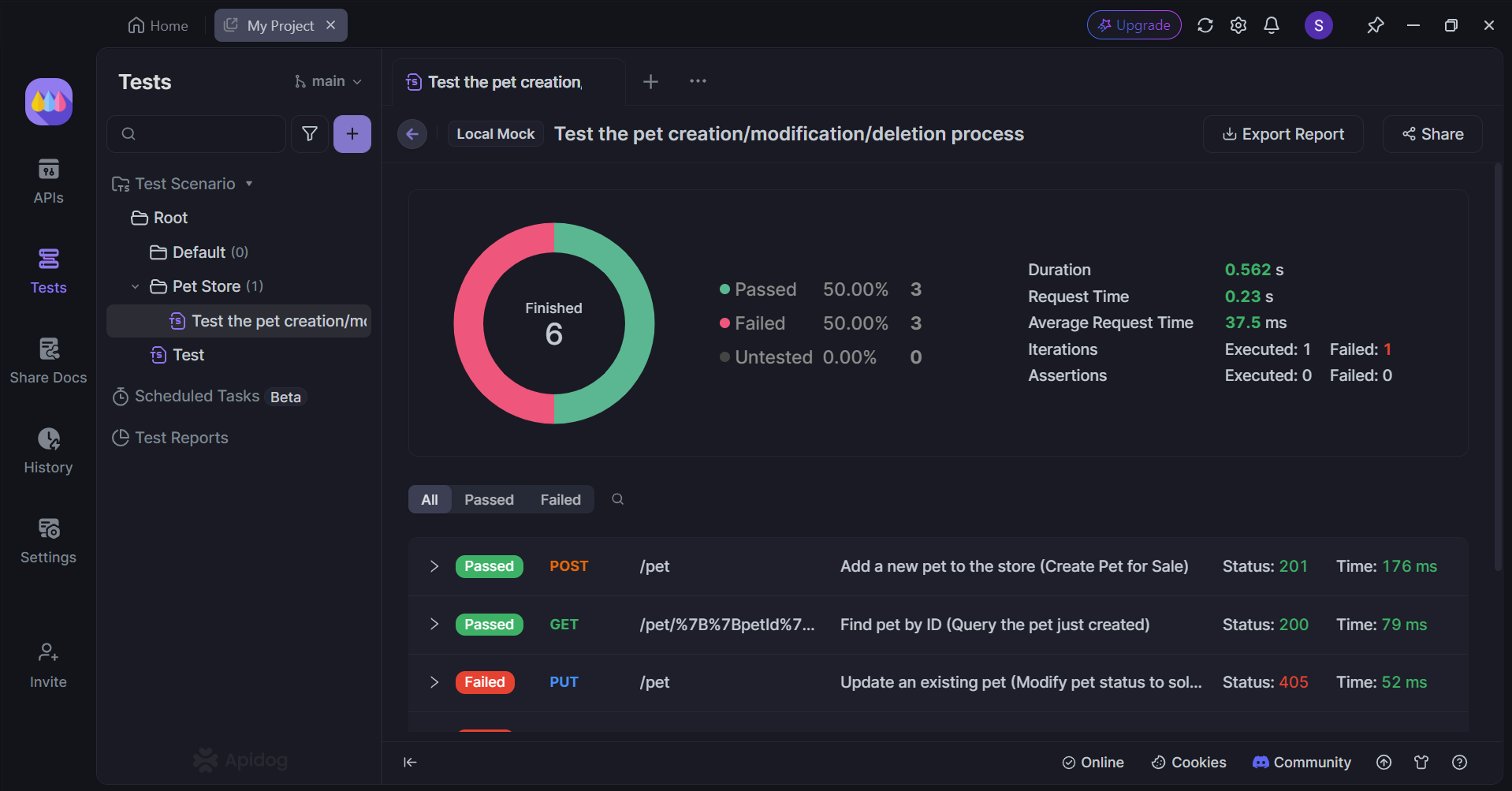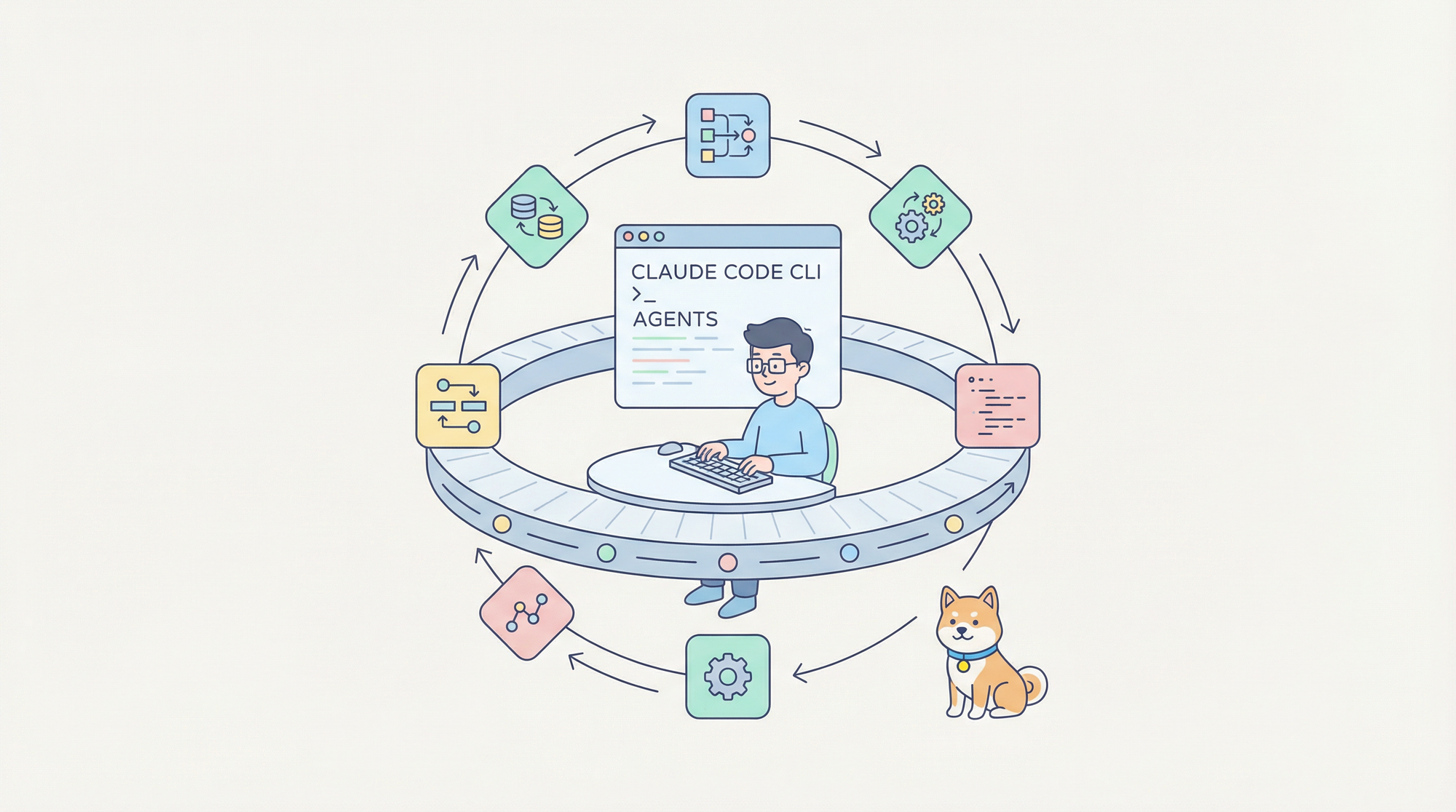Both Jest and Jasmine are powerful JavaScript testing frameworks, each with distinct characteristics and advantages. Here's a comprehensive comparison of these popular testing tools.
Apidog is a low-code API platform that provides developers with a simple and intuitive user interface capable of designing. testing, documenting, and mocking APIs.
To learn more about Apidog, click the button below.

Core Differences
Architecture and Design
Jest was primarily developed for React applications and works seamlessly with Next.js, while Jasmine is particularly well-suited for Angular.js applications. Jest builds upon Jasmine's foundation but has evolved significantly since its inception at Meta (formerly Facebook).
Installation and Setup
Jasmine requires manual installation as a standalone library, while Jest comes pre-packaged with Create React App and requires minimal configuration. This difference in setup requirements can significantly impact initial project configuration time.
Jest's Key Advantages
Performance Features
- Runs tests in parallel processes, making it significantly faster than Jasmine
- Includes automatic test finding and execution capabilities
- Offers superior performance for large test suites
Built-in Capabilities
- Provides native mocking support through
jest.fn() - Features snapshot testing functionality for UI components
- Includes comprehensive code coverage tools with detailed information about line, statement, and branch coverage
Development Experience
- Minimal configuration requirements
- Excellent documentation and strong community support
- Powerful CLI options for enhanced control
Jasmine's Strengths
Simplicity and Integration
- Works independently of any JavaScript framework or DOM
- Offers clean and polished syntax for built-in assertions
- Provides headless running capabilities out of the box
Testing Capabilities
- Excellent support for Behavior Driven Development (BDD)
- Compatible with most frameworks and libraries
- Built-in assertions that simplify the coding process
Common Use Cases
Jest is Ideal For:
- React and Next.js applications
- Large-scale applications requiring fast test execution
- Projects needing comprehensive mocking capabilities
- UI-focused applications requiring snapshot testing
Jasmine is Perfect For:
- Angular.js applications
- Lightweight and simple projects
- Teams prefer minimal external dependencies
- Projects requiring extensive framework compatibility
Technical Comparison
| Feature | Jest | Jasmine |
|---|---|---|
| Primary Focus | React/Modern JS | Angular/General JS |
| Test Environment | js-dom | Real browser |
| Mocking System | Built-in | Requires plugins |
| Parallel Testing | Yes | No |
| Setup Complexity | Minimal | Moderate |
Development Considerations
Testing Environment
Jest runs tests in jsdom, providing a simulated browser environment, while Jasmine typically runs in actual browsers through test runners like Karma. This difference can be crucial depending on your testing requirements.
Mocking Capabilities
Jest's mocking system is generally considered stronger and easier to configure, as it doesn't rely on combining multiple libraries like Jasmine does with Karma5. This integrated approach makes Jest particularly appealing for complex testing scenarios.
Community and Support
Both frameworks enjoy strong community support, though Jest has gained significant momentum in recent years. Jest's documentation is particularly praised for its comprehensiveness and clarity, making it easier for new developers to get started.
Performance Considerations
When comparing speed and efficiency, Jest typically emerges as the winner due to its parallel testing capabilities. This becomes particularly noticeable in larger projects with extensive test suites, where Jest's performance advantages can significantly reduce testing time.
Test Your Applications and APIs with Apidog
Aside from Jest and Jasmine, you can also consider using Apidog to test your applications, and to observe if they work flawlessly with APIs.

Apidog Test Scenarios
Apidog has a unique testing feature called test scenarios.


Apidog enables sequential API testing through a visual interface, allowing developers to chain and validate interconnected API endpoints. This feature is particularly valuable when working with dependent APIs where the output of one endpoint serves as input for subsequent API calls.
Observe Apidog's Test Scenario Results

Upon completion, Apidog generates a comprehensive test summary that includes the success and failure rates of requests, along with the total execution time across all API endpoints in your test sequence.
Individual API Endpoint Testing With Apidog

For single API testing and response analysis, Apidog offers a straightforward process - simply click the Run header and then the Send button to execute individual endpoint tests.

Making the Choice
The decision between Jest and Jasmine should be based on:
- Your project's primary framework (React vs Angular)
- The size and complexity of your test suite
- Your team's experience and preferences
- The need for specific features like snapshot testing or parallel execution
Both frameworks are capable of testing solutions, but Jest's modern features and performance advantages make it increasingly popular for new projects. However, Jasmine remains a solid choice, particularly for Angular applications and teams preferring a more traditional testing approach.




